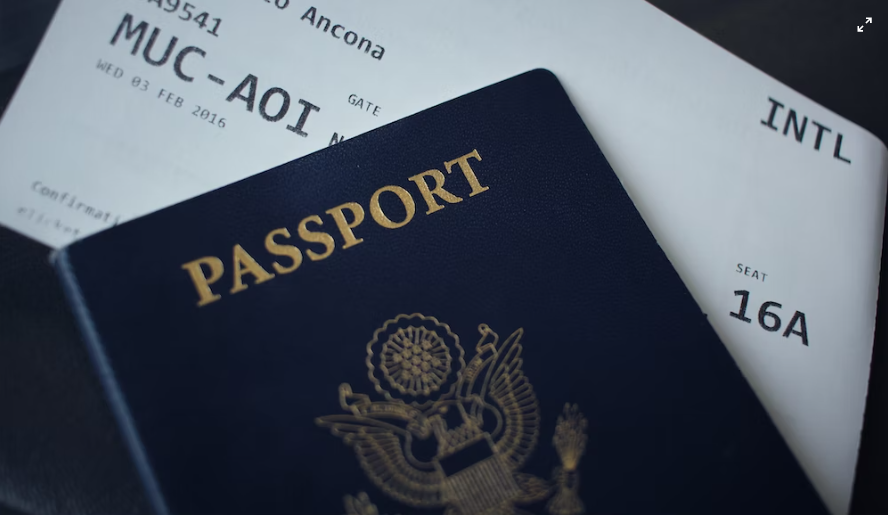Knowing what to do and how to obtain the proper visa is crucial if you consider traveling to Japan. This article will cover the critical information you need to prepare and submit your application.
Tourists, business travelers and non-working visitors to Japan can enter the country on a single-entry visa for up to 90 days. You may also apply for a double-entry visa if you plan to make two short trips within six months.
Visa
Different visas are needed for entering Japan, depending on your country of citizenship. Regardless of the type of visa you plan on getting, you must apply for it in advance at your nearest Japanese Embassy or Consulate in your country of residence.
Tourists and vacationers typically visit Japan with a Japan entry visa on single-entry, short-term visas. These usually allow visitors to travel to the country for 15 or 30 days but can be extended if necessary.
Currently, travelers from the United States and Canada do not require a visa to enter Japan. They are required to have both a valid passport and a re-entry permit, though.
Citizens of more than 65 countries, including the United States, can receive a “general visa exemption arrangement” for tourism or business purposes. This temporary visitor permit permits travelers to enter Japan for 90 days as long as they can prove they have sufficient funds to purchase an air or ferry ticket out of the country.
Short Trips
Travelers can enter Japan with several visa types, including single-entry, multiple-entry and transit visas. A single-entry visa allows you to visit for up to 90 days, while a multiple-entry visa is for visitors who plan longer trips or need more time to explore the country.
Most tourists choose a single-entry visa when traveling to Japan, as it’s convenient for short trips. This visa type is also valid for the UK, the US, Canada and most other European countries.
Re-entry permit
If you have a Japan residence card, you can apply for a special re-entry permit before you leave Japan. This is an excellent option if you can only obtain a new visa after your visa expires. This re-entry permit will allow you to re-enter Japan without applying for a new visa, and the re-entry procedure is straightforward.
You should note that the special re-entry permit is only available to foreign nationals with residence status in Japan and a passport. This includes those possessing a passport that states, “A resident card is to be issued later,” or alien registration certificates deemed equivalent to residence cards. Also, staff working at the offices of diplomatic and official missions in Japan for whom a status of residence of “Diplomat” or “Official” has been determined and family members thereof are eligible for this re-entry permit.
The re-entry permit can be obtained at the immigration bureau inside Japan before you depart. The application process is straightforward and should take just a few days.
If you need clarification about the requirements for your re-entry permit, you should contact a Japanese Embassy or Consulate in your home country. In addition to setting up an appointment, they should be able to give you all the required information.
When applying for a re-entry permit, you should be sure to indicate the purpose of your stay. This is important because it helps the immigration officers identify your status of residence, which can prevent you from canceling your visa or revoking your residence card when you exit Japan.
You must be sure to enter Japan within the permitted period specified on your re-entry permit. You must enter the country within this period to ensure your residence card is not canceled and your permit will be valid.
It is crucial to enter Japan before your re-entry permit expires to prevent this, and you should also make sure to confirm with the immigration officials at the airports in Japan that you can do so with your permit.
Residence Card
If you plan on living in Japan for over a few months, you must apply for your residence card at the immigration bureau. The application process takes around two to three weeks.
Your residence card is the official identity document that you need to carry at all times. It can be used for banking, cell phone, converting a driver’s license and many other activities. Your residence card contains your current address, your status of residence and the period you are allowed to live in Japan.
Most foreigners who come to Japan for tourism or business purposes receive a visa to stay in Japan for up to 90 days. However, some countries have a general visa exemption arrangement with Japan that allows temporary visitors to stay up to six months.
A few residence cards are available for those who have already been in Japan for some time and want to make it their permanent residence, including a long-term resident visa. These visas are available to people who meet specific requirements, such as having Japanese ancestry or being the spouse or children of a Japanese national.
You must be financially independent and behave ethically while in Japan. This can include a good job and paying income tax. You may be denied a resident visa if you have paid more or must present your tax certificate.
The minimum requirements to obtain a long-term resident visa are typically one to five years for highly skilled professionals and spouses of Japanese nationals and ten years for others. You must also show that you have paid your taxes or appointed a tax agent before leaving Japan.
If you will be in Japan for more than a few months and plan to work, it is essential to ensure you have the appropriate work permit from your employer. This must be stamped onto the back of your residence card, which you will receive from the immigration office after giving your fingerprints and a photo.

